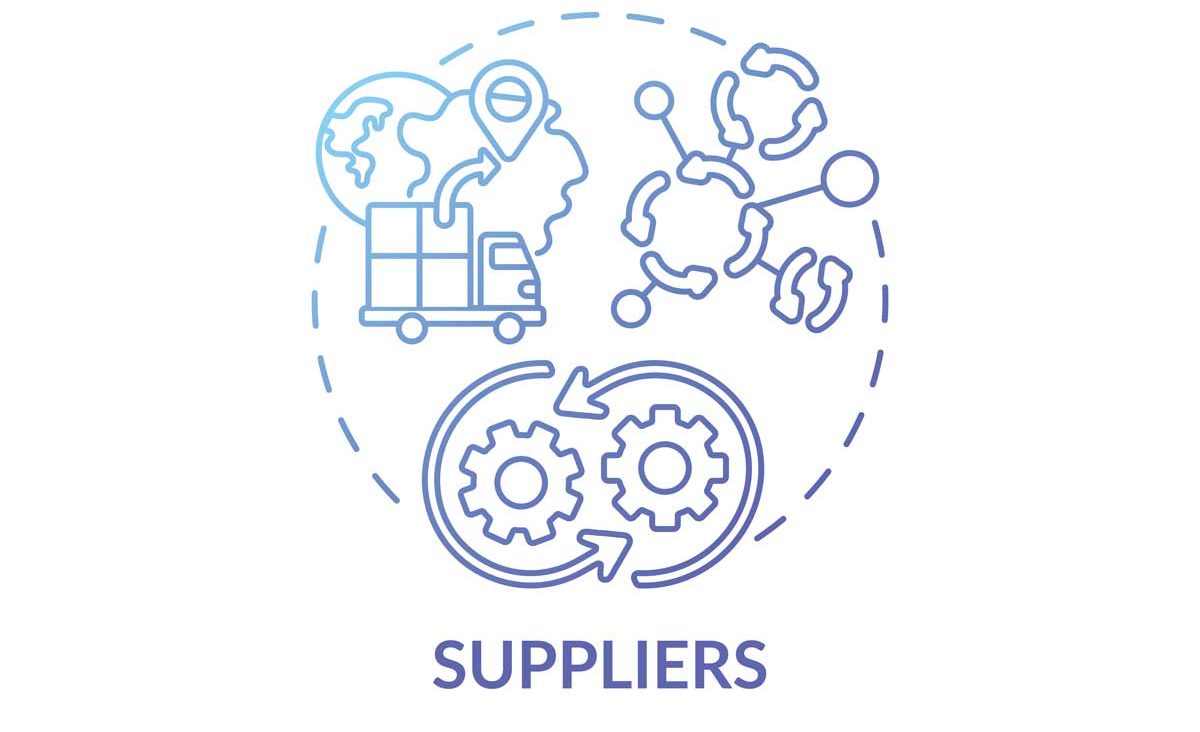If your organization works with any third parties to procure goods and services, you manage at least one vendor. Whether you’re buying equipment or outsourcing business processes, your vendors offer crucial services you need to sustain your operations and stay competitive. It’s important to look beyond simple spreadsheets to manage your vendors because there’s a trove of information to track about them that can help contribute to your bottom line — if you have the right insight into that data.
Vendor management software has grown in popularity with businesses managing multiple vendors because it not only simplifies all the moving parts of your relationships but it helps you maintain strong partnerships for the long term. Below are the top seven best practices to keep in mind for vendor management.
But First, Why Do You Need to Manage Your Vendors?
Proper vendor management is a core building block of any business, and it’s not just about procuring new goods and services. Your vendors can be the gateways to important relationships and alliances your organization needs to grow. Using vendor management best practices and software can ensure your vendors are working well for you, you’re getting the most for your money, and you’re maintaining healthy relationships.
Vendor Management Best Practices
1. Automate your vendor contracts and onboarding processes
There are many aspects of drawing up and signing contracts that you can automate through software to streamline your onboarding process with a new vendor. No one likes to stagnate a new relationship because of paperwork — leverage vendor management software to standardize vendor sourcing, ensure you can collect the correct documents upfront, enable self-service request forms, and more.
2. Create and set forth a clear policy for engagement
There are many ways to create a vendor management policy, but some components can include establishing personnel dedicated to managing vendors, outlining their responsibilities, targeting an ideal number of vendors, illustrating what your needs are from vendors, and documenting all of this. The policy should illuminate what your business expects to get out of vendor relationships and how.
3. Cultivate a collaborative vendor relationship
The best way to maximize your relationship with a vendor is to start with that clear policy, set a formal onboarding process, and show that you’re ready to innovate together. Your vendors can help you strategize almost like business partners, so sharing information with them, getting their advice and approval, and challenging them to meet specific metrics will result in a win-win relationship.
4. Monitor and track vendor performance
You don’t want to lose sight of how your vendors are contributing to your bottom line, which is easy to do when you have no measurable standards for how your vendors should perform. Establish key performance indicators (KPIs) and create metrics with tools such as scorecards to ensure you can stay aware of how your vendors are meeting your standards and proving return on investment.
5. Monitor and track vendor spend
On top of making sure your vendors are delivering on their KPIs, you should track spend for each vendor to monitor what exactly you’re paying for and how much money you’re spending per vendor. You’ll want quick and easy access to view what services you’re receiving, collective and individual spend, what payment methods you’re using, and how often you’re issuing payments.
6. Vet your vendors
Before you choose any vendor, research their businesses’ health and if they have any negative history with organizations they’ve done business with. If possible, also get a picture of where their finances stand so you can be sure you’re walking into a relationship that is healthy from a financial and business-oriented perspective.
7. Reevaluate your vendors
One of the mistakes businesses make is establishing a relationship with a vendor for goods or services and then letting the relationship fall to the backburner. This results in potentially wasting money on those goods or services once they’re no longer helpful to your business. Your organization will evolve, change, and grow, and you won’t always need the vendors you have today. Using a vendor management software solution helps you maintain visibility into the vendor services you use so you can reevaluate each year if your money with those vendors is well spent.
Interested in what vendor management software can do for your business? Contact All Star today to learn more about this solution that can help you entrench lifelong, lucrative partnerships.






